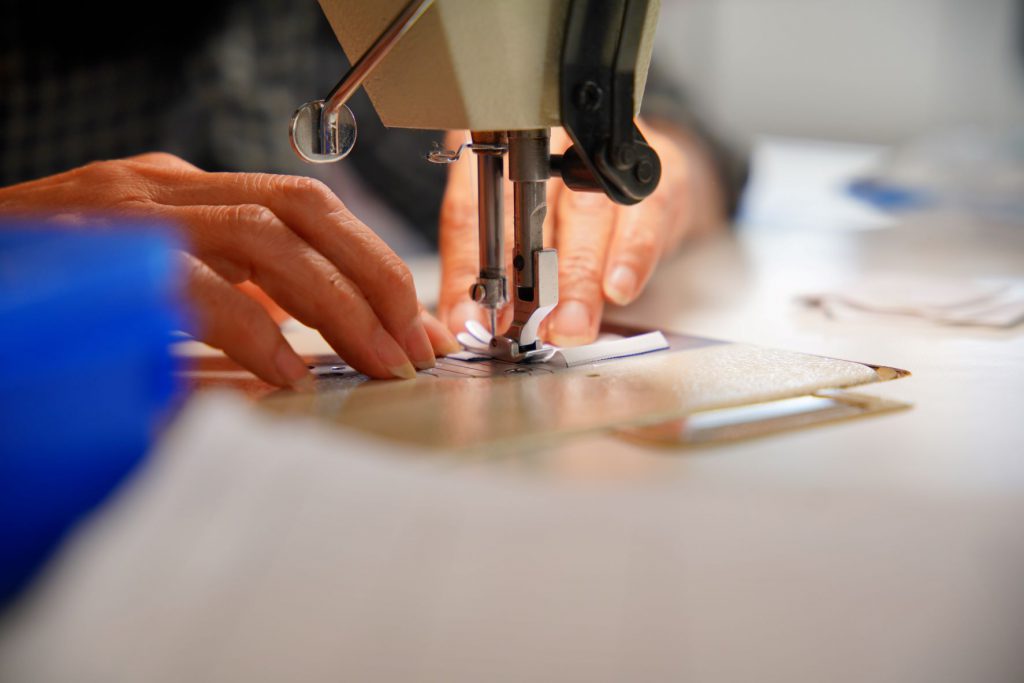Four questions to ask brands to see if they are truly ethical & sustainable

Sustainable and ethical are probably two of the main questions asked of Sample Room and it is clear the consumer is wanting to know more about where their clothes were made, by whom and what the label is doing to minimise the impact on the environment.
Here are four questions to ask clothing brands to see if they are truly ethical and/or sustainable.
- Do all members in the supply chain earn, at least, a living wage?
The terms ‘living wage’ and ‘minimum wage’ mean completely different things and can vary country by country. Are those who are making the clothes able to feed and look after their families? That there are no children working in a factory. That there are degrees of freedoms which can allow people to enjoy a fulfilling life? - Do all members in the supply chain get to work in a safe work environment? An environment safe from physical and sexual harassment?
A What kind of conditions are they working in? Anecdotally, many factor workers work long days with no bathroom breaks. All workers should be free to associate, including joining and being represented by unions or other responsible bodies if they need protections. Every one of them should assume they will be able to leave at the end of the day in good health and uninjured. - What measures and standards do you have in place to ensure that waste from production is minimal?
A staggering 100 billion garments were made last year[1]. 93 billion cubic meters of water was used, and the industry is responsible for 20% of all wastewater[1]. Every little bit counts. Is composting and recycling used in the office? Do they use renewable energy sources? - Are you using sustainable fabrics? Cotton? Tencel? Hemp? Bamboo? Recycled waste material? Are they produced in a sustainable way with low environmental impact?
The provenance (where the fabric is from, where the clothes were sewn, etc.) is as crucial time to being transparent. Those who are opaque with the where the clothes are made, probably have reason to be. Every time we wash a synthetic garment, we release thousands of microplastics into the water, which then make their way into the ocean.
What we do know, from a study by Worldbank[1], the clothing industry has an exceptionally poor record when it comes to waste and minimising our impact on the environment. Not the least is our contribution of 10% of all greenhouse gas emissions. The industry urgently needs to change things, but consumers have the power to drive that change.
Follow the lead of Duchess of Sussex, Meghan Markle and make important decisions with our clothing, in the aim to break this take-make-waste model. Use your purchase as a vote towards the kind of future you want to see. Take a chance on that small Aussie designer producing in Australia, even if the coat is an extra $50.
Go ask your favourite clothing brands and tell us what they say!
[1] https://www.worldbank.org/en/news/feature/2019/09/23/costo-moda-medio-ambiente